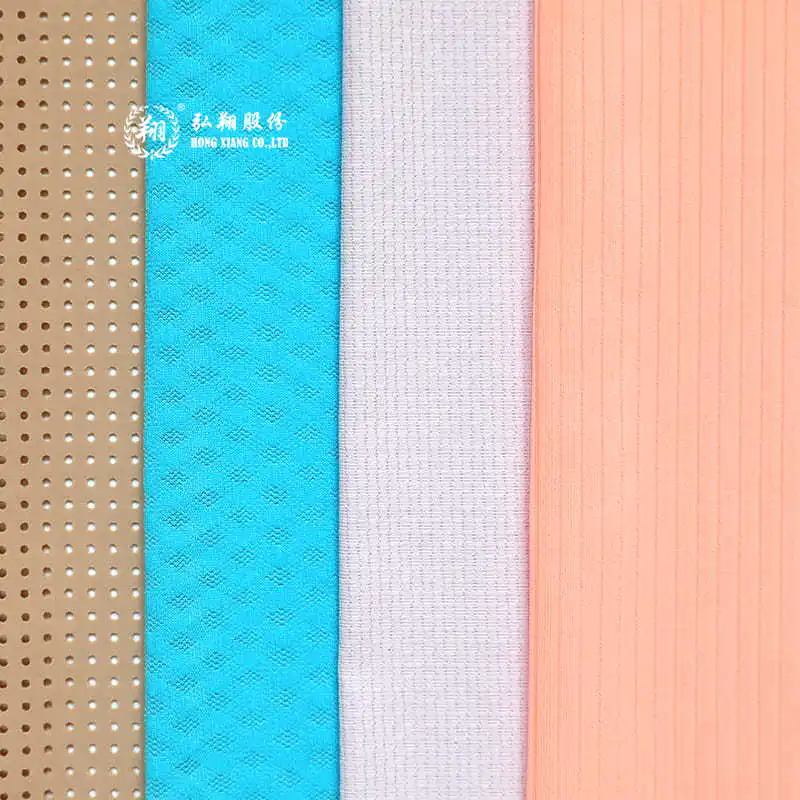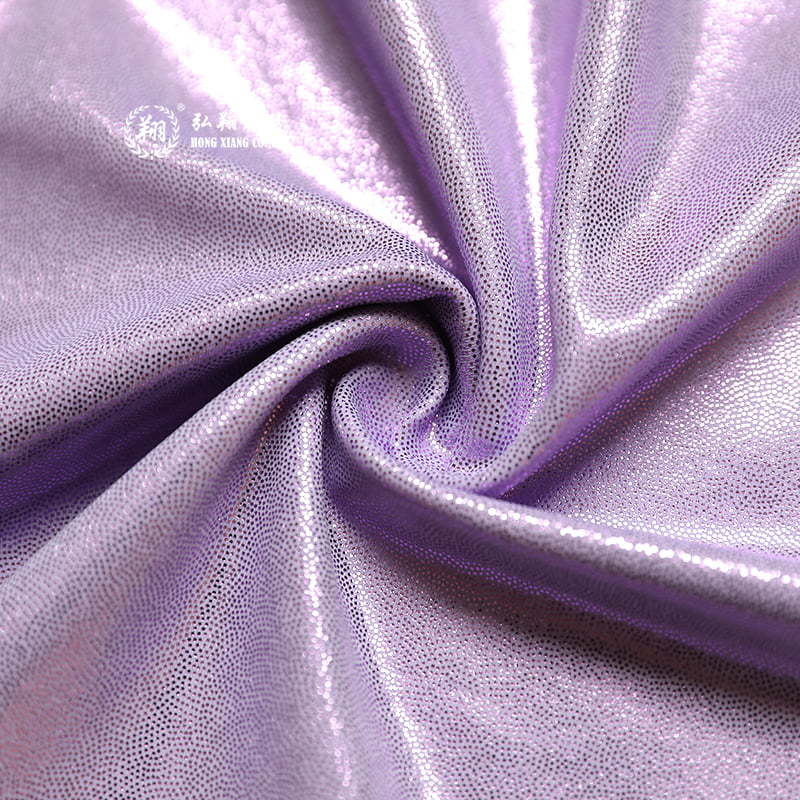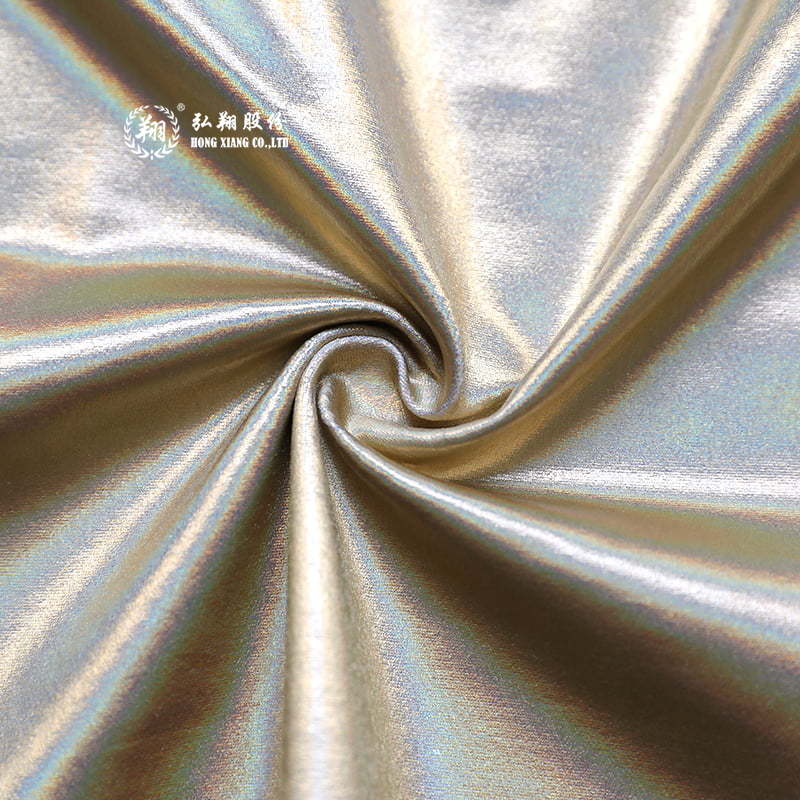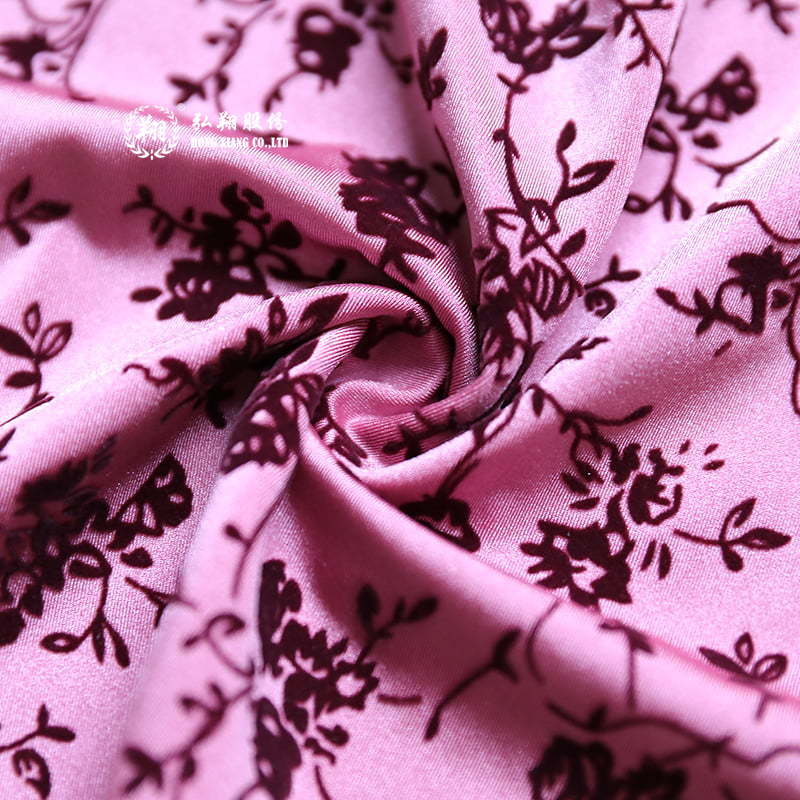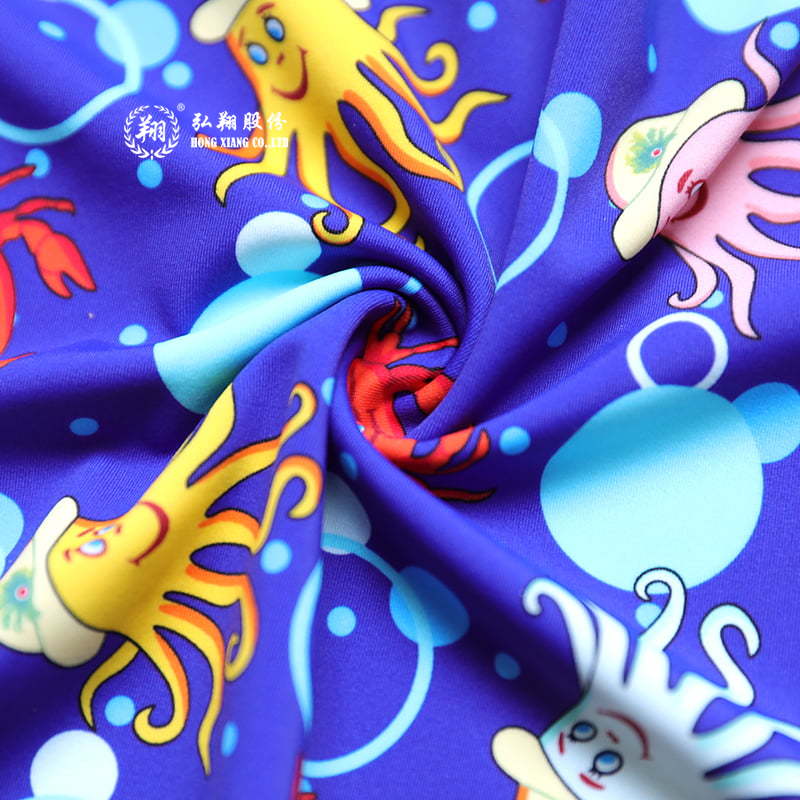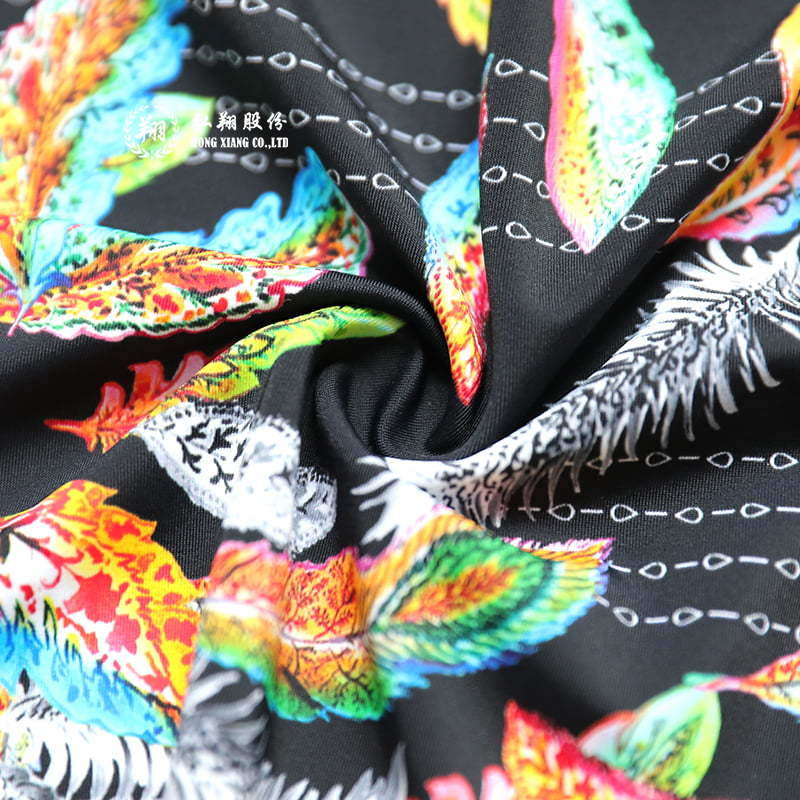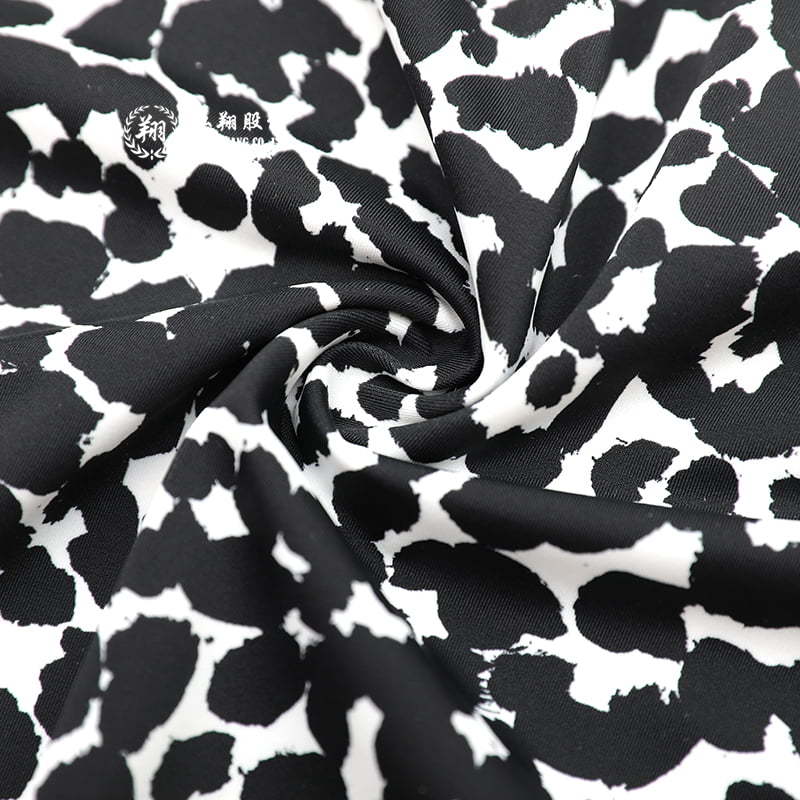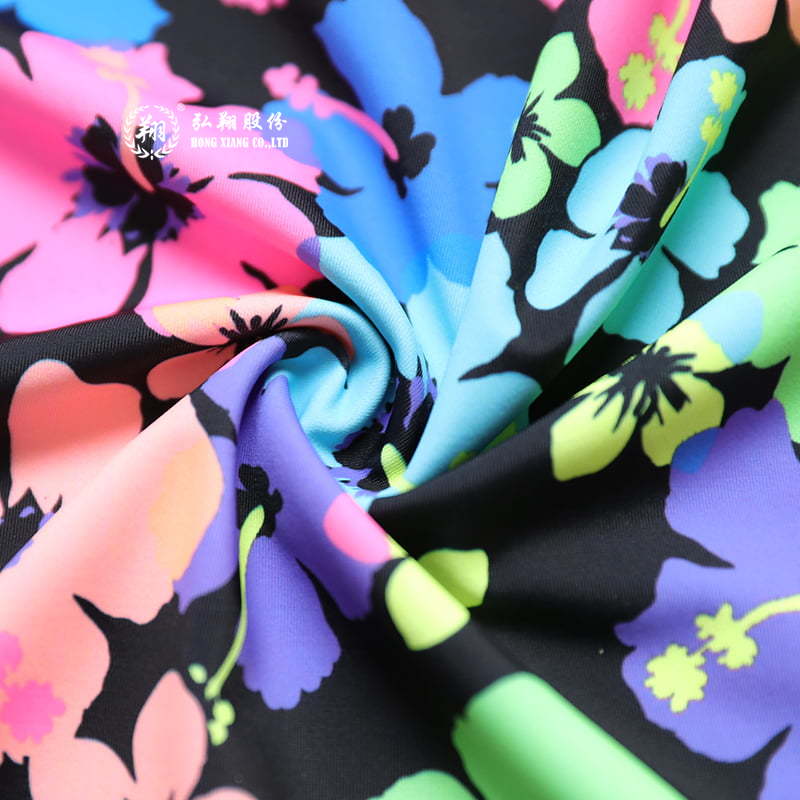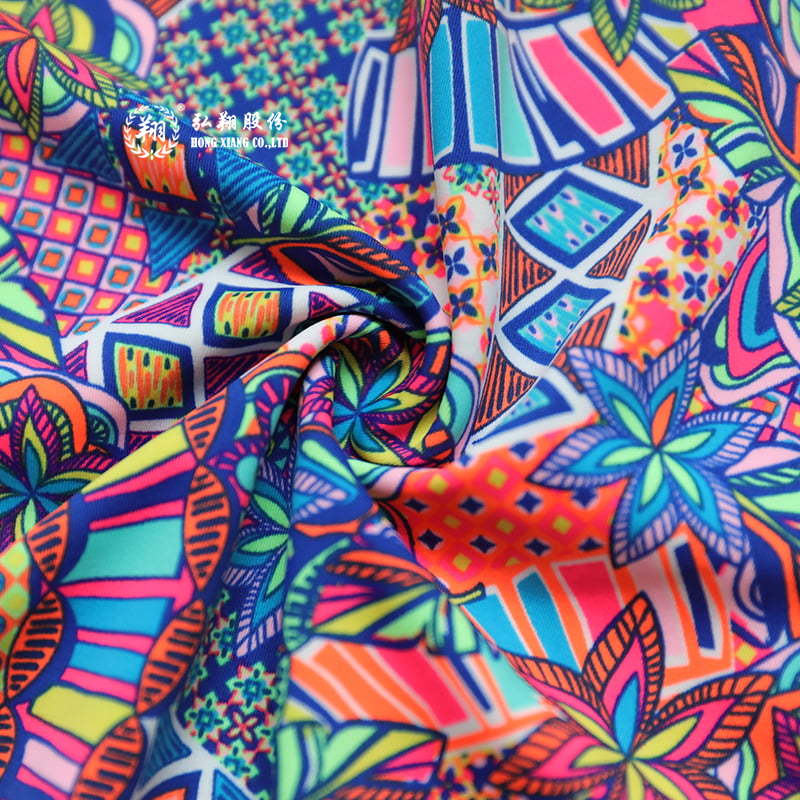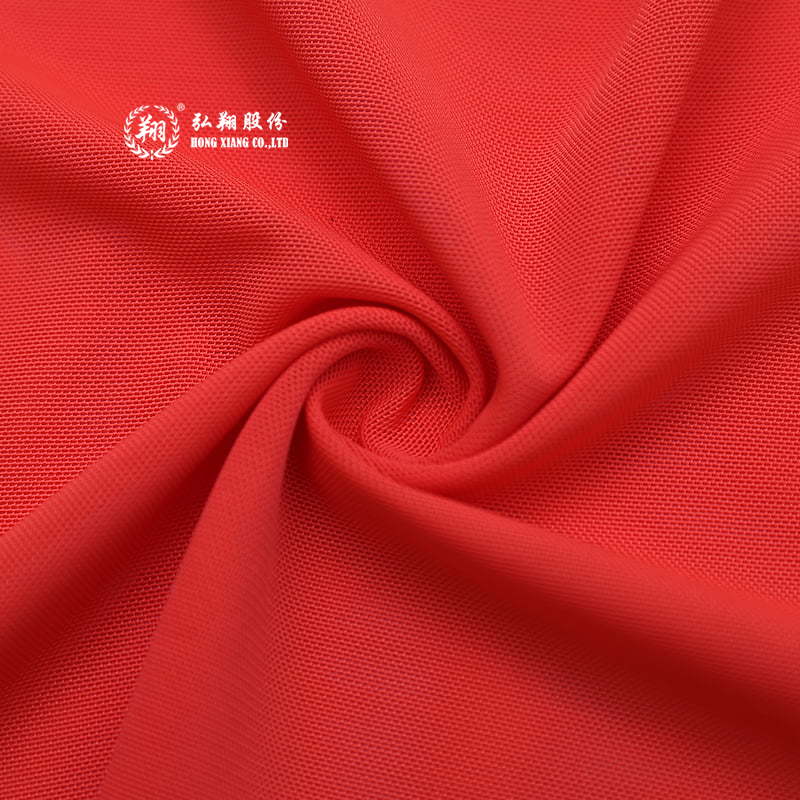Blanket fabrics are divided into the following categories
Update:23 Dec
Blanket fabric
1. Polyester: It is an important variety of synthetic fibers and the trade name of polyester fiber in my country.
Performance of polyester:
1. Polyester fabric has high strength and elastic recovery ability. Therefore, it is durable, anti-wrinkle and non-ironing.
2. Polyester fabric has poor hygroscopicity and has a sense of stuffiness when worn. It is also easy to be charged with static electricity and dirt, which affects its appearance and comfort. However, it is very easy to dry after washing, and the wet strength hardly drops, does not deform, and has good wash and wear properties.
3. Polyester is the fabric with the best heat resistance among synthetic fabrics. It is thermoplastic and can be made into pleated skirts with long-lasting pleats. At the same time, polyester fabrics have poor melting resistance and are easy to form holes in the presence of soot and sparks. Therefore, try to avoid contact with cigarette butts and sparks when wearing.
4. The light fastness of polyester fabric is better, except that it is worse than acrylic fiber, its light fastness is better than natural fiber fabric. Especially the light fastness behind the glass is very good, almost on par with acrylic.
5 Polyester fabric has good resistance to various chemicals. Acids and alkalis do not damage them much, and they are not afraid of molds and insects.
2. Acrylic
Acrylic (bulky and lightfast): is the trade name of polyacrylonitrile fiber in my country. Acrylic fiber has excellent properties. Because its properties are close to wool, it is called "synthetic wool".
Performance and use of acrylic fiber:
Elasticity: Its elasticity is better, second only to polyester and about 2 times higher than nylon. Has good shape retention.
Strength: Although the strength of acrylic fiber is not as good as polyester and nylon, it is 1~2.5 times higher than wool.
Heat resistance: The softening temperature of the fiber is 190~230C, which is second only to polyester in synthetic fibers.
Light resistance: The light resistance of acrylic fiber is the best of all synthetic fibers for one year of outdoor exposure, and its strength is only reduced by 20%.
Three, nylon:
Nylon is the Chinese name of synthetic fiber nylon, and the translated name is also called "Nylon" and "Nylon".
Performance: 1. Strong, good abrasion resistance, ranking first among all fibers. Its abrasion resistance is 10 times that of cotton fiber, 10 times that of thousand-state viscose fiber, and 140 times that of wet fiber. Therefore, its durability is excellent.
Nylon fabric has excellent elasticity and elastic recovery, but it is easy to deform under a small external force, so its fabric is easy to wrinkle during wearing.
2. Poor ventilation and easy to generate static electricity.
3. The moisture absorption of nylon fabric is a better variety among synthetic fiber fabrics, so the clothes made of nylon are more comfortable to wear than polyester clothes.
4. It has good moth resistance and corrosion resistance.
5 The heat resistance and light resistance are not good enough, and the ironing temperature should be controlled below 140C. Pay attention to the washing and maintenance conditions during wearing and use, so as not to damage the fabric.
6. Nylon fabric is a light fabric, which is only listed after polypropylene and acrylic fabrics in synthetic fiber fabrics. Therefore, it is suitable for making mountaineering suits, winter clothing, etc. Four, spandex:
Spandex is the trade name of polyurethane elastic fiber in China.
